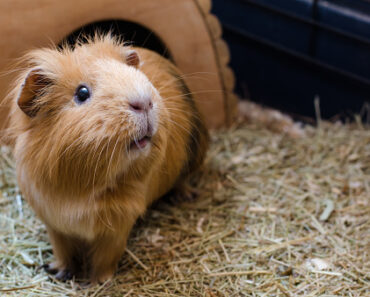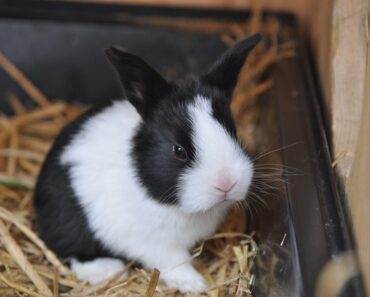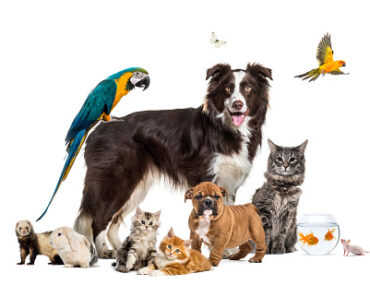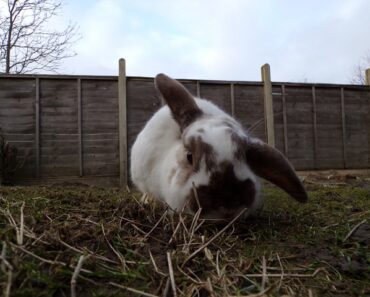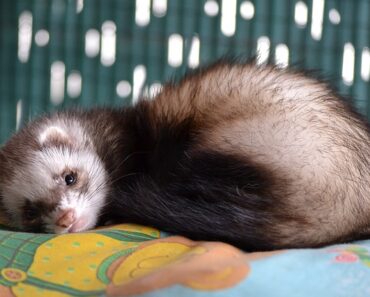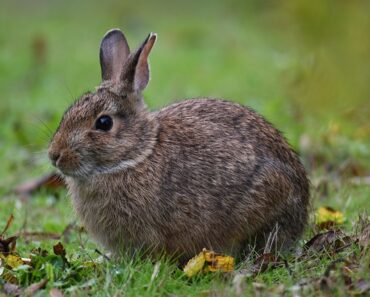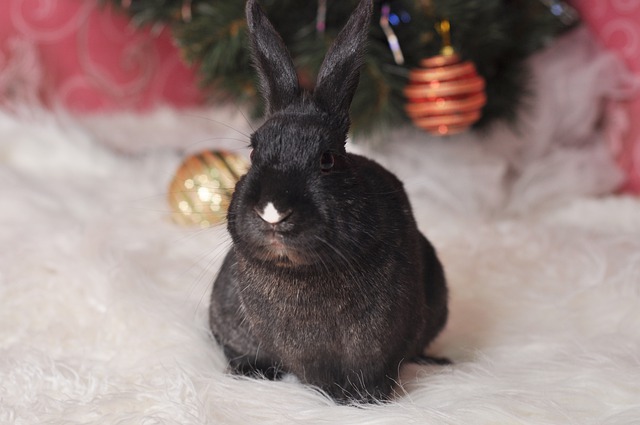
The happiness of your pet depends first and foremost on offering him everything he needs to thrive on a daily basis, but above all, on having everything he needs to be healthy. For the rabbit, this means medical care, an adapted diet and a rewarding environment.
Does my rabbit need to be vaccinated?
To date, vaccines exist to protect your rabbit against two potentially fatal diseases: myxomatosis and viral hemorrhagic disease. Depending on the vaccines, an injection is necessary every year or every 6 months.
- Myxomatosis: this disease is transmitted most of the time by insect bites such as fleas or mosquitoes. After one to two weeks of incubation, it can cause nodules to appear under the skin called “myxomas”. This disease is regularly fatal. In some areas many wild rabbits are carriers. The vaccine is mainly indicated for rabbits living outdoors, or who regularly go out in the garden in the summer. Vaccination is best done before the mosquito season, around May.
- Haemorrhagic viral disease (HDV) is caused by a virus of the Calicivirus family and affects adult rabbits. Adult rabbits can become infected through contact with another infected rabbit, domestic or wild, or by ingesting food that has been contaminated with feces from infected rabbits. The disease progresses very rapidly, most often leading to the death of the rabbit.
Some vaccines protect against both diseases at the same time. The vaccination schedule can be discussed with your veterinarian.
How do I feed my rabbit properly?
Food plays a fundamental role for the health of the rabbit, maybe even more than for other species. Indeed, many diseases are linked to it: abnormal tooth growth, diarrhea and transit stops, stones…
It cannot be repeated often enough, the basis of rabbit feeding should be good quality hay, i.e. green, with long strands and a good smell. Be careful with its conservation, make sure to keep it in a dry place (a closed plastic box for example).
This hay must be distributed at will, several times during the day. It is often useless to put a lot of hay at once, as most rabbits will refuse to eat hay that has been left at the bottom of the cage for too long. It is also difficult to estimate how much your rabbit has actually eaten. Choose the best quality hay to make sure your rabbit eats enough. Racks can be used, but care must be taken to place them at the right height in the cage: if they are placed too high, hay particles and dust may fall into the rabbit’s eyes, promoting the development of conjunctivitis.
If there is not enough hay, the teeth, which grow continuously in this species, will not be worn out. This is also the case when the rabbit’s teeth are not properly aligned (this is called “dental malocclusion”). Veterinarians still regularly see teeth several centimeters long that protrude from the mouth or even perforate the palate! In a more moderate way, the appearance of small dental “spikes” is frequent: they hurt the tongue or the cheeks, and the rabbit then stops eating.
In general, it is a good idea to have your rabbit’s teeth checked regularly by a veterinarian. If he considers it necessary, the veterinarian will be able to examine them thoroughly under general anesthesia and, if necessary, cut or file them.
For seeds and granules, always respect the quantities recommended by the manufacturer or your veterinarian. Indeed, these foods represent a food supplement, they are very energetic and should not be distributed at will! As with many animals, it is better to use homogeneous pellets rather than mixed seeds to avoid your rabbit being tempted to sort the food. Ideally, the daily amount should be divided into two small meals, morning and evening. It is best to use pellets with the highest possible cellulose content. In practice, contents of 15 to 16% are difficult to find. Some brands are close to this, especially those sold in the veterinary clinic circuit. Commercially available levels are generally around 12-13%, but food analysis is rarely included on the package. Below 12% crude cellulose, the risk of digestive disorders is increased. Mineral contents, especially calcium, should be kept low, as rabbits eliminate a large part of their calcium in the urine. Too much calcium in the diet therefore increases the likelihood of stones in the urinary tract. Therefore, limit the intake of clover and alfalfa, two calcium-rich plants. The risk of stones is also increased if there is insufficient watering.
Fresh fruit and vegetables are important as a source of water, vitamins and pleasure! Distribute them in small quantities. Don’t forget to wash them carefully, especially in view of the risk of transmitting viral haemorrhagic disease (VHD). Avoid distributing them too cold, right out of the fridge, as this can disturb your rabbit’s digestion.
Rabbits have a very fragile digestive balance. To preserve it, any new food must be introduced very gradually over several days or even weeks, always starting with small quantities.
Clean and fresh water should always be left available. Finally, don’t forget that a rabbit that stops eating or defecating is an emergency situation that requires a quick consultation with your veterinarian.
Maintenance and characteristics of the cage
Like many other species of pet rabbits, they are often forced to live in cages at least part of the time. It is important to keep in mind that the cage is an environment that is imposed on the animal and from which it cannot escape. Therefore, it is necessary to make sure that it cannot be a source of discomfort by regularly checking the following points:
- Exposure: the cage must be placed in a calm environment, at a constant temperature: it should not be placed in full sun in the summer or in front of a radiator. The rabbit is perfectly capable of living properly in a very wide range of temperatures. Thus it is possible for a rabbit to live outdoors all year round, as long as it gradually gets used to the cooler temperatures of winter, and has a shelter that protects it from negative temperatures. Furthermore, rabbits are very sensitive to drafts. From this point of view, plexiglass cages can be advantageous, but their often insufficient ventilation requires more frequent cleaning.
- Its size: the adult rabbit must have room to stand up on its hind legs and at least to lie down. Commercially available cages offer suitable dimensions, but be careful not to overcrowd them: what is suitable for a dwarf rabbit may not be suitable for two rabbits, or for a rabbit living with a guinea pig.
- Its cleanliness: The frequent renewal of the litter has two main objectives:
- To maintain a correct air quality by limiting the accumulation of irritating ammonia vapors released by the urine.
- To guarantee a clean and dry floor to prevent the rabbit from foot problems called “pododermatitis”. This problem occurs when the paws (usually the hind legs) are in prolonged contact with moist soil: a maceration phenomenon occurs which can lead to skin wounds that can become infected.
To help you maintain good hygiene, choose a cage that is easy to disassemble and clean. It is also possible to use corner litter to remove droppings frequently without having to replace the entire litter. However, this should be done once a week.
Games and activities
All animals require a minimum of activity. This is important on the one hand for its well-being by allowing it to express natural behaviors (jumps, speed “spikes”), but also for its transit, to maintain its weight and finally to avoid the occurrence of leg problems. Obesity and a sedentary lifestyle are risk factors for pododermatitis. Every rabbit should be able to go out several hours a day, in a secure place. If necessary, pens can be built with removable barriers. Always remember to protect your electrical cables, for example with plastic “cable guards”. Take care to prevent access to potentially toxic plants. Ideally, you should be able to keep an eye on your rabbit during its outings. All kinds of games are available to counter boredom: balls, tunnels, chewing tubes, it’s up to you to let your imagination run wild and interact with your rabbit safely.

